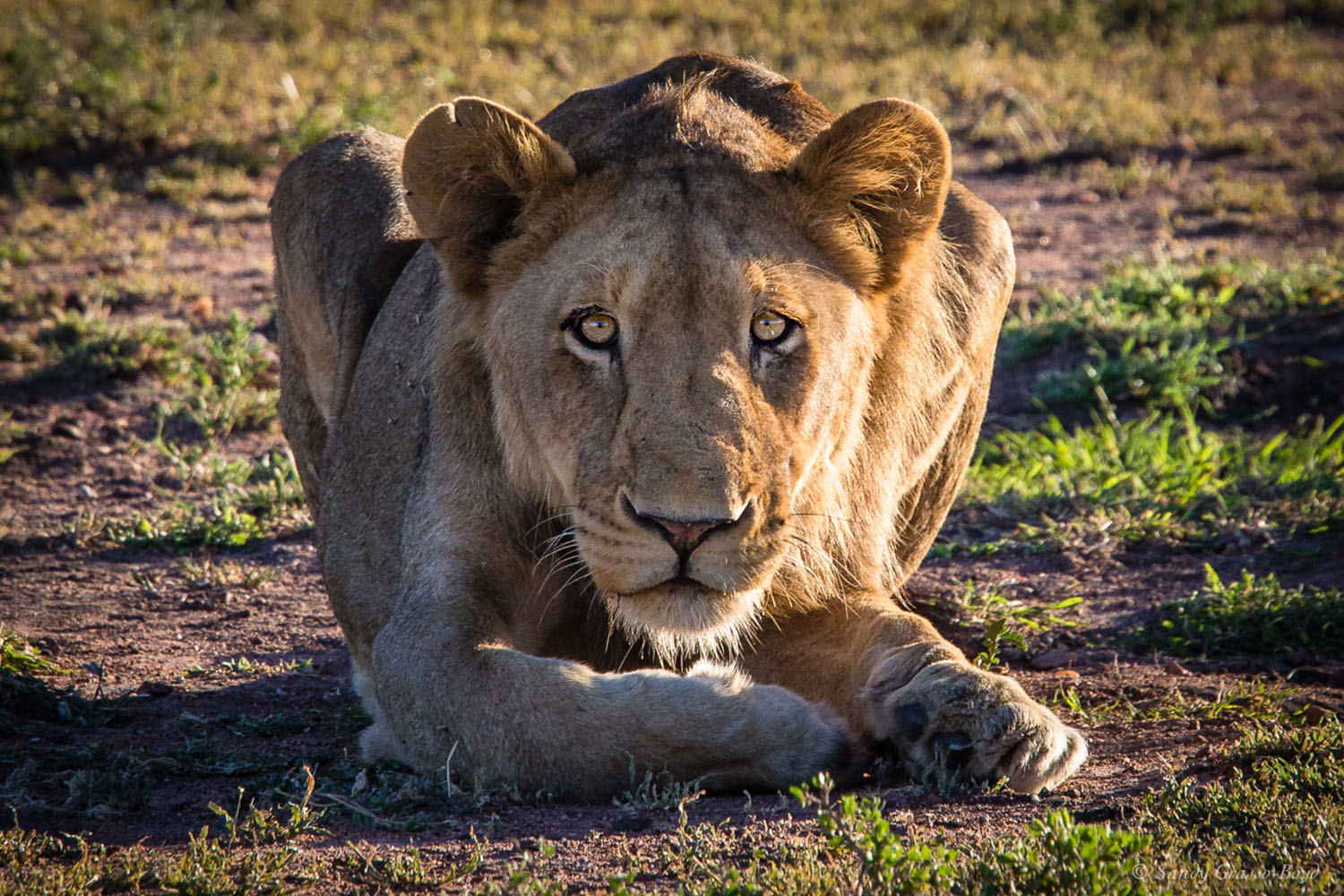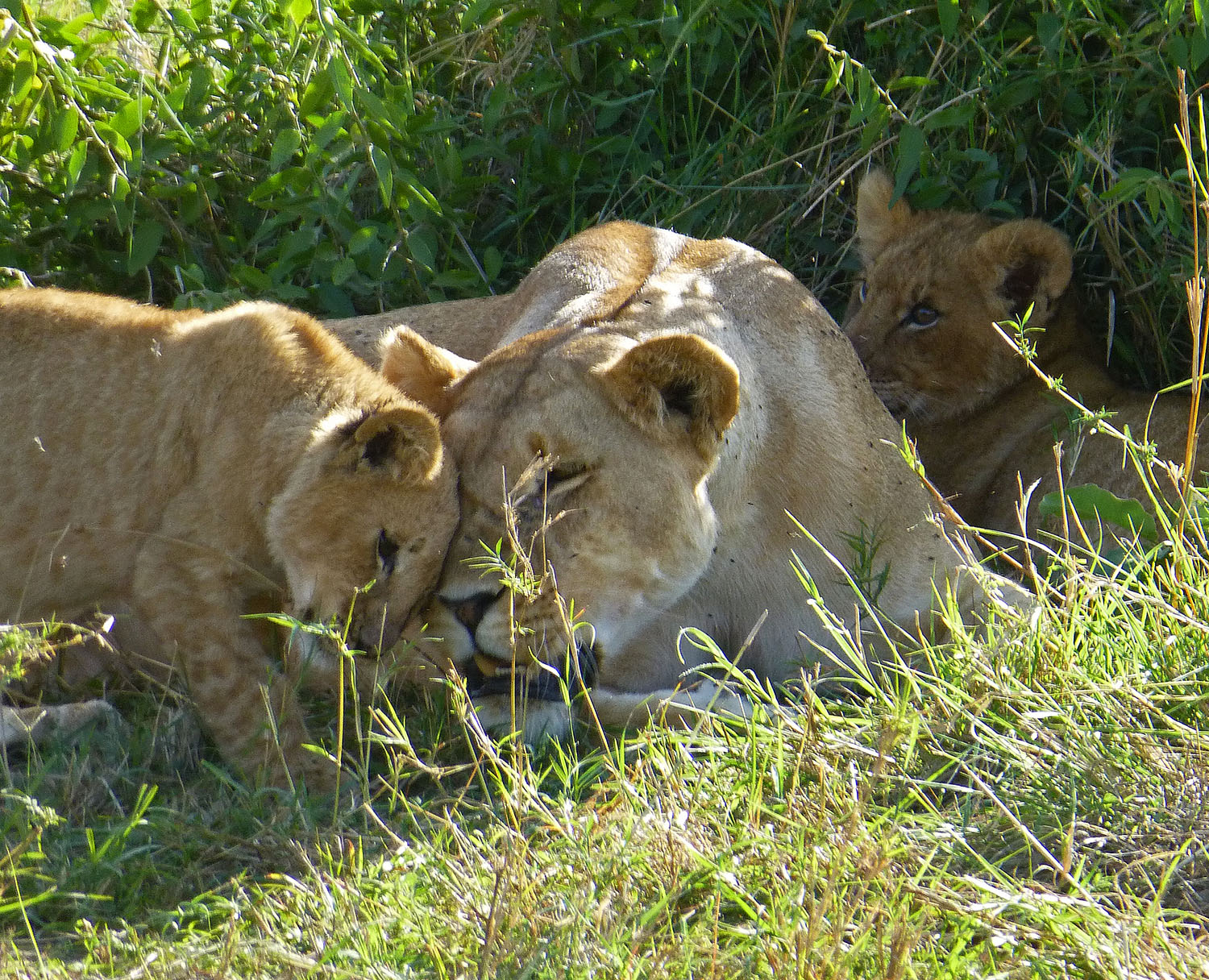WCS - Big Cat Fund
TreadRight Wildlife Project

Project Objective
For more than 50 years, the Wildlife Conservation Society (WCS) has been a leader in big cat conservation. With a well-established track record, long-standing partnerships, and more boots on the ground in more landscapes than any other organization working on global big cat conservation, WCS is securing a future for these majestic animals.
Through the WCS Big Cat Fund, WCS works to conserve all big cat species, with long-term programs in 55 landscapes in 28 countries across Africa, Asia, and Latin America. These programs have demonstrated success over decades of conservation. WCS is the global leader in big cat conservation, combining expertise in ecology, protected area management, law enforcement, health, and community engagement. Within its 2020 strategic plan, WCS has committed to big cats as a global priority species group, and the organization is mobilizing efforts to ensure their survival.
WCS’s goal is to stabilize and recover populations of tigers, lions, cheetahs, leopards, snow leopards, jaguars, and clouded leopards in important strongholds across their ranges.

How TreadRight Makes an Impact
The WCS Big Cat Fund was established to raise $2 million annually in support of WCS’s global endeavors to save big cats. Proceeds from the Fund provide WCS’s field staff with the resources to address developing situations on the ground and extend the work made possible by restricted grants, such as those from governments.
This enables them to:
- Stop illegal hunting and trafficking of big cats
- Protect the prey species on which big cats feed
- Halt habitat loss and strengthen habitat protection
- Prevent retaliatory killings and reduce conflicts between big cats and human communities
- Conduct conservation research that enhances knowledge of big cat species
- Monitor populations to inform conservation actions

UN Global Goals
This project supports global efforts to combat poaching and trafficking of big cats, as well as to protect and prevent the degradation of the big cats’ natural habitats.









